Discover the simple and cost-effective methods being used to restore degraded lands in Africa. ☘️🌍
According to the UN, drylands cover 41.3% of the Earth's land surface, hosting a population of 2.1 billion people, or one in three individuals worldwide. Rangelands within these areas support 50% of the world's livestock and provide habitats for diverse wildlife. In the more arid zones, livestock production prevails, while cropland dominates the dry subhumid regions. Notably, up to 44% of global cultivated systems are found in drylands.

When these lands suffer degradation due to climate change, or poor land management, it leads to desertification, which tends to occur in regions situated between high- and low-density areas.
In Africa, drylands cover 60% of the continent and house around half a billion people who depend on rainfed agriculture and livestock husbandry. The continent also houses the Sahara Desert, which has been growing at a rate of 48kms per year.
“One of the best, most comprehensive solutions [to fixing desertification] is land restoration, which addresses many of the underlying factors of degraded water cycles and the loss of soil fertility,” the UNCCD Executive Secretary Ibrahim Thiaw told the United Nations.
This is why land restoration projects offer a lot of benefits, including the creation of employment opportunities for women, improved access to education for children, and a reduction in the risk of conflict and migration stemming from resource scarcity. According to a recent study, land restoration projects can also contribute to climate change mitigation by sequestration of carbon dioxide and improving soil health. Additionally, these projects can enhance biodiversity and ecosystem resilience, ultimately leading to more sustainable and equitable communities.
Transforming Livelihoods in the Sahel Region: Lands of Opportunity Project Impact
There are massive projects underway to prevent further desertification of arid lands like the great green wall of Africa, which aims to stop the expansion of the Sahara Desert. One of the organizations, which is helping farmers in our continent, to restore their degraded lands, by using proven Sustainable Land Management techniques is Justdiggit.
Some of their techniques include:
- Treecovery: an agroforestry approach to regrow trees that involves a process of selecting, pruning and protecting stumps of cut down trees.
- Bunds: is a unique digging technique that allows rainwater more time to enter the soil instead of washing away quickly.
- Grass seed banks that form an oasis of green in barren surroundings, and many other regreening methods, to restore the degraded lands.
Bunds, or Earth smiles as they call it because of the distinct shape, are simple yet very effective method of retaining rainfall water by giving the soil time to soak up the water. Contrary to popular belief, really dry soil is actually bad at absorbing water, because it forms a hard, impenetrable layer that makes it hard for the water to percolate into the soil.
What makes this method uniquely ingenious is how easy and cheap it is. Firstly, they identify the natural slope of the land. Then they measure a 5-meter diameter semi-circle, positioning the bunds at the lowest elevation. Finally, the bunds are dug, and local grass seeds are planted, and voila! After rainfall, the soil will be able to soak up the water and the grass start growing, creating these mini oases in the previously barren land.
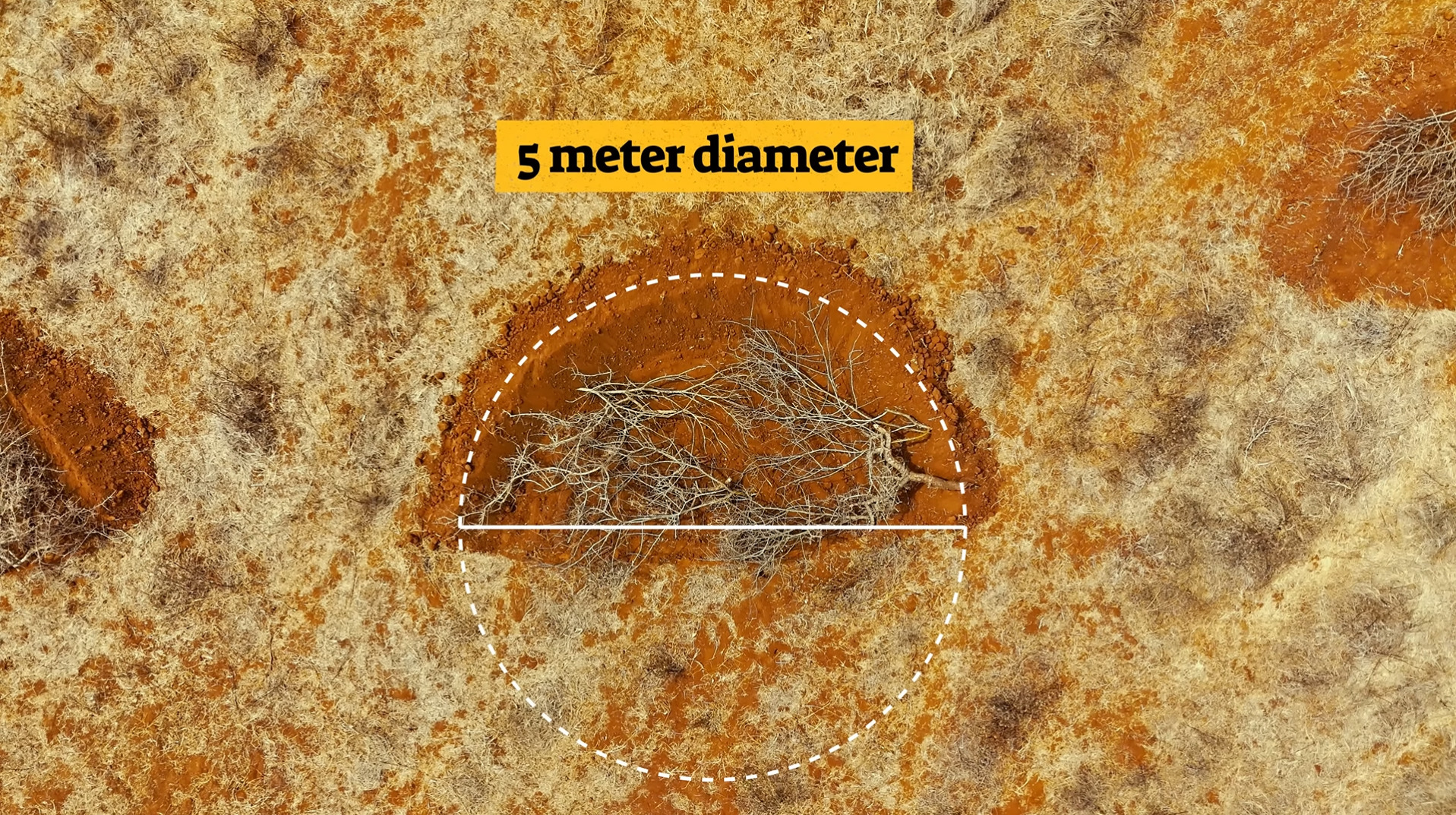
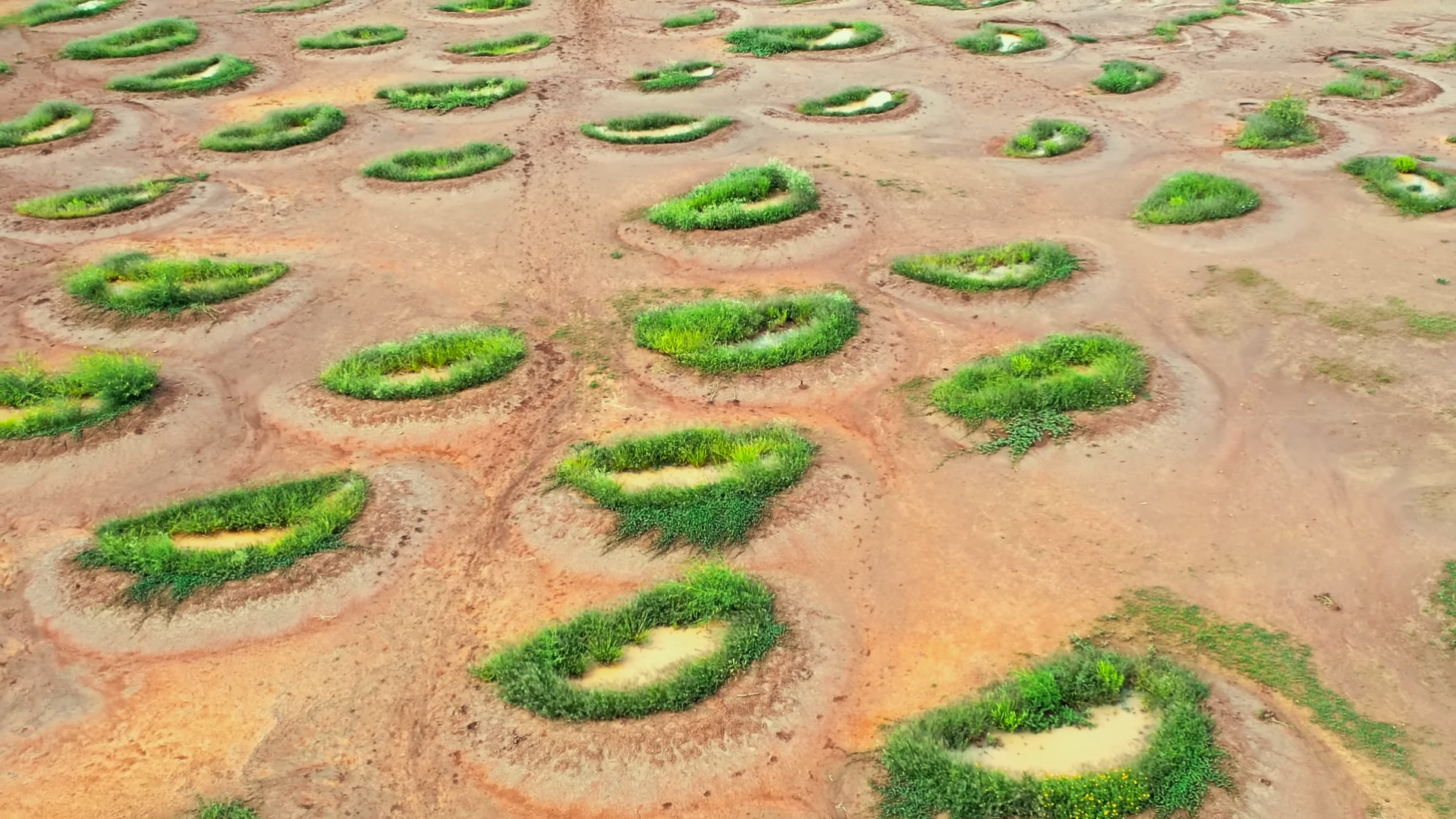
Earth-smiles (Bunds) before & after retaining water | Source: Planet wild
In conclusion, the urgent need for land restoration in dryland regions is a global imperative. As climate change accelerates and desertification threatens the livelihoods of millions, innovative and cost-effective solutions like those being implemented by Justdiggit are essential in improving food security, and mitigating climate change.
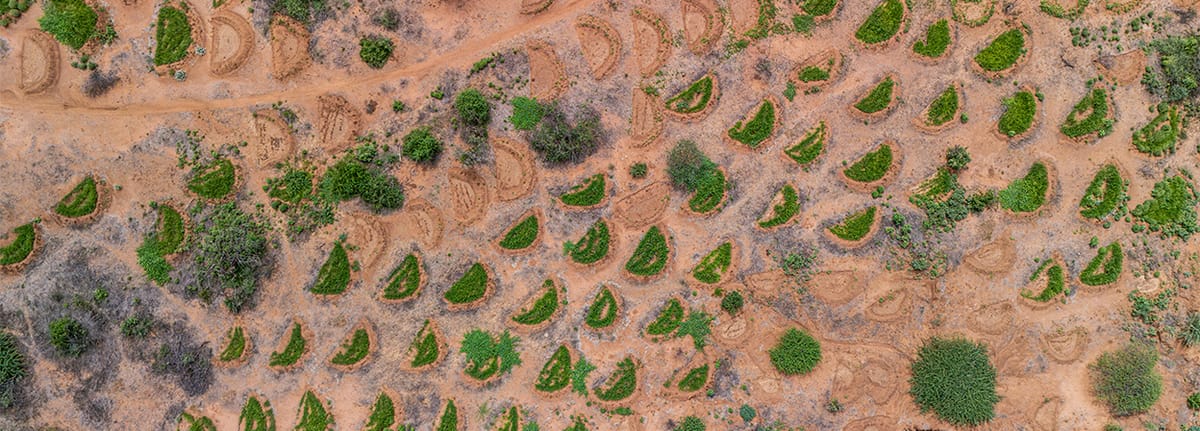
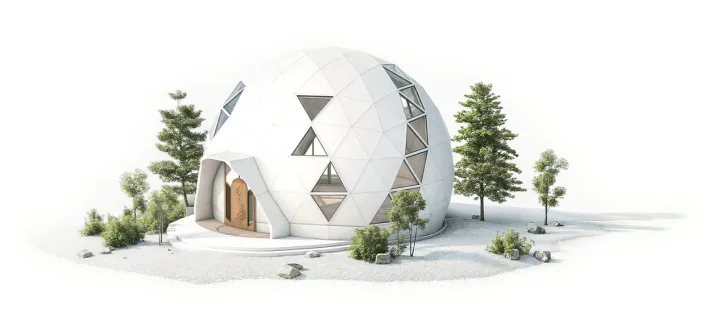
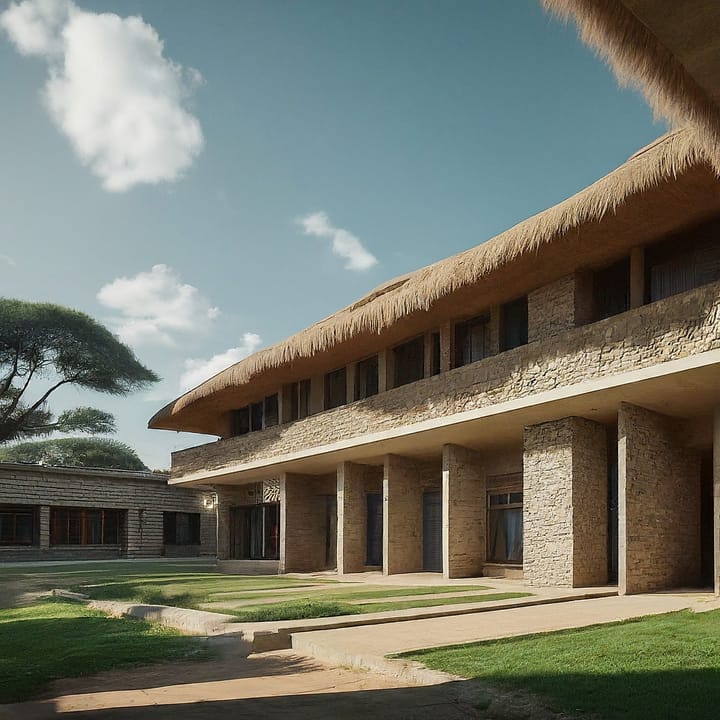
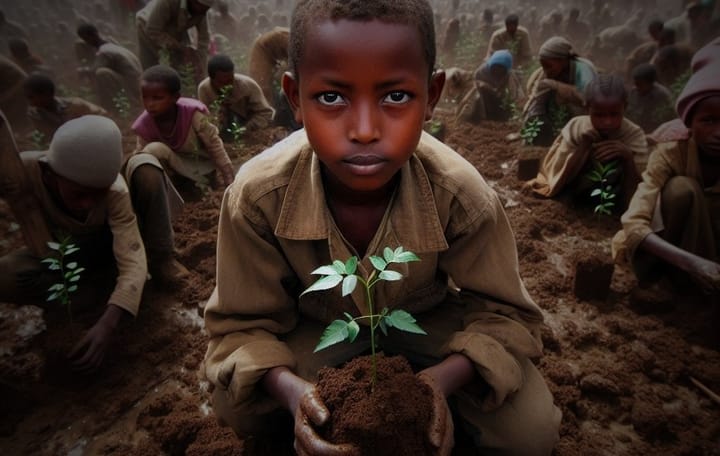
Comments ()